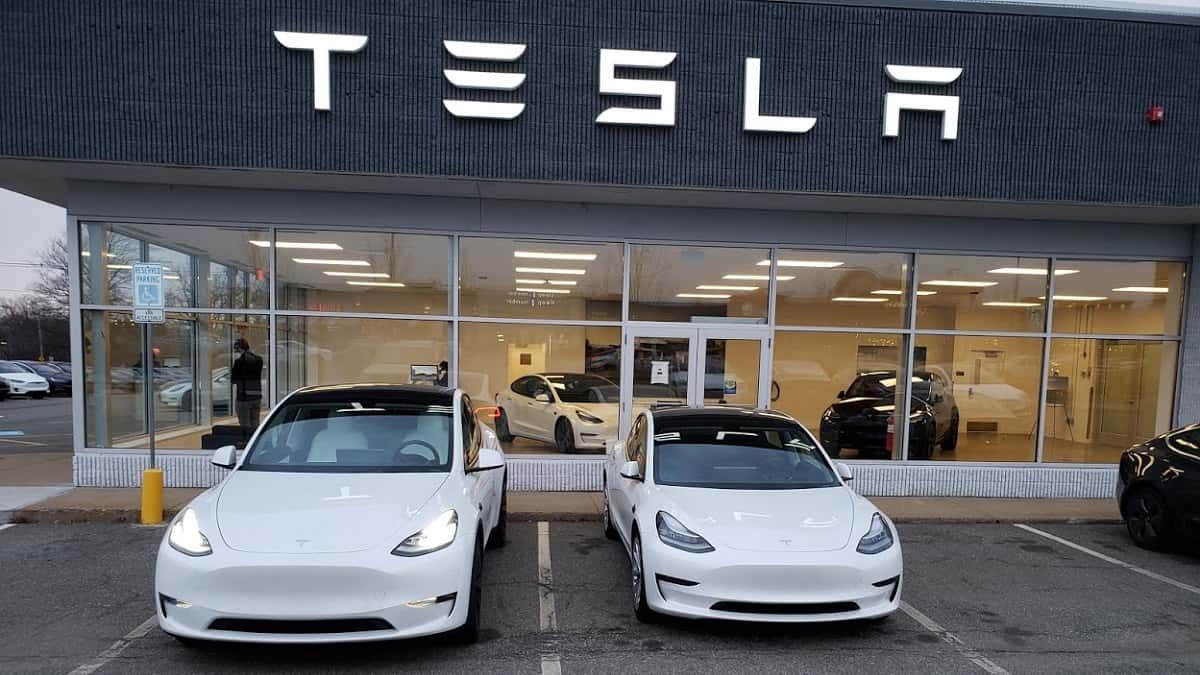In its latest earnings report and year-end summary to investors, Tesla has dropped a pair of truth bombs on the auto industry. The first is that the company’s growth is about to slow down notably. The second is that in order to hit the delivery goals it set forth in 2023, the company resorted to selling its EVs at a dramatically lower profit margin.
Tesla Notably Slower Growth Ahead
Companies see their sales and deliveries drop when new areas for sales have been fully exploited. Tesla was bound to hit that wall eventually. With operations in China, Europe, and North America now in full swing, the hockey stick growth curve is over. Competitors will be a factor. Chinese, Korean, American, German, Japanese, and even Dutch companies will all want a piece of the EV powertrain market, and many brands are slowly but surely earning respect with battery-electric-powered models.
Another factor will be saturation. Even the very strongest brands eventually tap out the main source of their sales. In Tesla’s case, it moved downmarket from the upper-luxury priced Model X and Model S vehicles to the premium and mid-luxury-priced Model 3 and Model Y in order to expand its potential pool of buyers. That has worked out swell for Tesla. However, even this much larger pool of buyers is still tiny by comparison to the pool of buyers who spend 50% less when they shop new. And Tesla has no product for that market, nor does it have a factory set up to build a product for that market. The day may come, but it hasn’t yet.
Tesla Lower Profits
Has GM, Hyundai, Ford, or any other non-Tesla brand ever turned a profit on vehicles equipped with a battery-electric powertrain? If so, it is hard to imagine how they did. The volume of sales is so minuscule that if any of these brands had a daily driver model with such low sales, the model would be immediately canceled, and the model manager would be reassigned to designing spare tire jacks.
Tesla seems to turning a profit. But would the company do so without massive government (taxpayer) support at both the consumer-facing end and the emissions credits end? If Tesla didn’t have EVangelist investor money to burn by the pallet, would it have been able to turn a profit? If profits drop further, is there any hope of a profit in the ultra-competitive small, affordable vehicle market? If you answer “yes” to all these questions, it is time for some personal reflection.
Slowing and Growing at the Same Time
It is hard for those who have never worked in the automotive supply chain or as a product manager in any capacity to understand how a segment, model, or even an industry can, at the same time, slow down and still show growth. Many in the social media world mock the very idea of such a thing. But the truth is, the people who work in business and conduct daily, weekly, monthly, quarterly, and annual forecasting of products and services understand this basic concept. Every business in America shapes its forecast with the future in mind, not the past. So, it is easy to understand that sales may have grown and may even continue to grow, but they may reside in a slowing market nonetheless.
Of Course EVs Are Growing - They Have To
EV sales overall continue to increase. Of course, they do, the governments in our country and elsewhere have mandated that they must. So they do. That does not mean that the segment is healthy, profitable, or dare we use the woke term “sustainable?” California and the U.S. federal government have used the carrot-and-stick approach to mandate EV sales growth, and the growth was demonstrated. This may well be the only way for battery-electric vehicles to finally take over from liquid-fueled powertrains. Or the economy could stall, a new administration and Congress could come to power, and they could scrap the whole "All-EV" plan one late Friday just before the summer recess.
The Automotive Press Has Turned On EVs - Big-Time
The automotive press will be the first to tell you that EVs drive great. Wonderful abundant torque, smooth powertrains, and a long list of other benefits to EVs are always mentioned in any EV review. Then they also mention that EVs work great if you are wealthy enough to have a charger at home, but that in public, charging is a hot mess. Then, they point out that although EVs can be made to work in cold weather, the vehicle becomes a burden, not an asset. If you need any proof of just how harsh the automotive media will be going forward on any EV that is not the cat’s meow, check out Consumer Reports' absolute shredding of the all-new, fourth-generation EV from GM, the Chevy Blazer EV. Or you can look at the negative reviews from Edmunds or Inside EVs of that same new $60K EV.
Ford, GM, and Tesla are all saying publicly that battery-electric-powered vehicles are hitting strong headwinds. If they are not to be believed, who is?
John Goreham is an experienced New England Motor Press Association member and expert vehicle tester. John completed an engineering program with a focus on electric vehicles, followed by two decades of work in high-tech, biopharma, and the automotive supply chain before becoming a news contributor. In addition to his eleven years of work at Torque News, John has published thousands of articles and reviews at American news outlets. He is known for offering unfiltered opinions on vehicle topics. You can follow John on Twitter, and connect with him at Linkedin.





